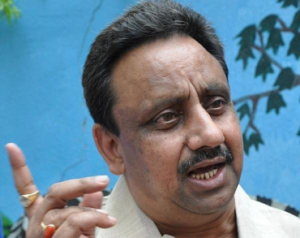1. Digitalisation has made dramatic progress, but the way it is being measured has not. Most global indices do not completely capture the path of digitalisation adopted by developing countries.
New Delhi, 16th February 2024: Debjani Ghosh, President of NASSCOM, today released the ‘State of India’s Digital Economy (SIDE) 2024’ report at the inaugural session of the second annual conference of the ICRIER-Prosus Centre for Internet and Digital Economy (IPCIDE).
The State of India’s Digital Economy (SIDE) 2024 presents a new approach to measure digitalisation. This approach is better suited for developing countries like India for three reasons. First, it proposes a much wider definition of digitalisation through its Connect-Harness-Innovate-Protect-Sustain (CHIPS) framework, capturing both the opportunities and risks created by digitalisation. Second, unlike global indices that focus entirely on the average user, SIDE 2024 recognises the scale of the network and breadth of use of technology at the economy-wide level by proposing two separate indices – one to measure digitalisation at the economy-wide level and second at the user-level. Finally, while most global indices focus on both outcomes and inputs (enablers) of digitalisation – thus penalising developing countries twice– the new method is almost entirely estimated using outcome indicators (see Figure 4 for the CHIPS framework).
Debjani Ghosh said, “The world does not still truly get how technology has weaved itself into the daily life of Indians, which to me, is the real digital economy. India is truly a digital native country – not just the young that are born to technology, but even the older population take to technology. When you think of the digital economy of India, you should think in terms of the lens of impact and livelihoods.”
IPCIDE was set-up in April 2022 and this was the second annual digital economy conference organised by the Centre. Speaking at the event, Pramod Bhasin, Chairperson, ICRIER said, “I am very optimistic about India’s digital future, especially the possibilities in AI, as the SIDE 2024 report also states. There is a huge amount of work already done in terms of innovation, government support, financial access and skills. As an emerging economy India has truly leapfrogged into the digital age.”
Sehraj Singh, Managing Director, Prosus India, who conceived the idea of the Centre, said in his remarks “By highlighting the latest thinking on India’s digital transformation and presenting a new approach to measuring digitalisation, the SIDE report can help Indian policymakers make informed decisions, and contribute to the Centre’s goal of supporting India’s transition towards a more efficient, inclusive, and sustainable digital economy. The IPCIDE conference has become an annual convening moment where those interested in the digital economy can come together to discuss, debate and ideate.”


